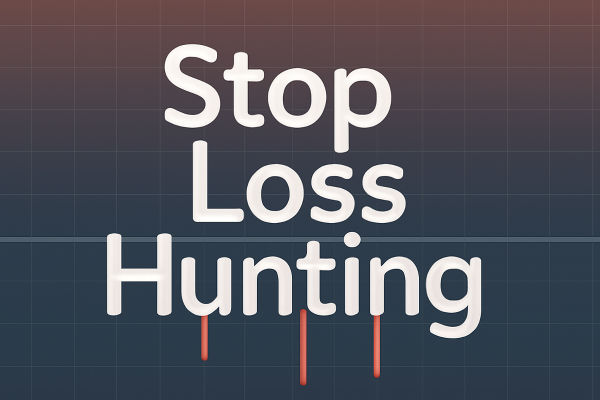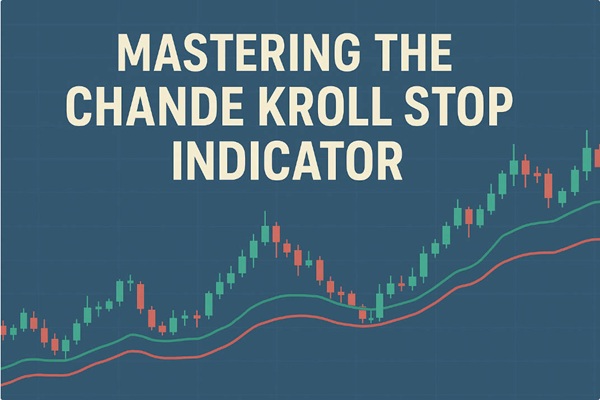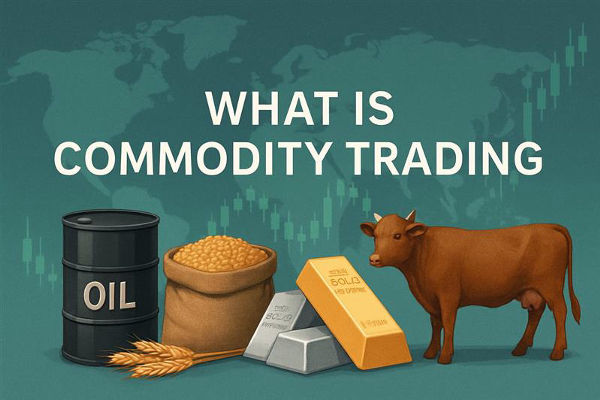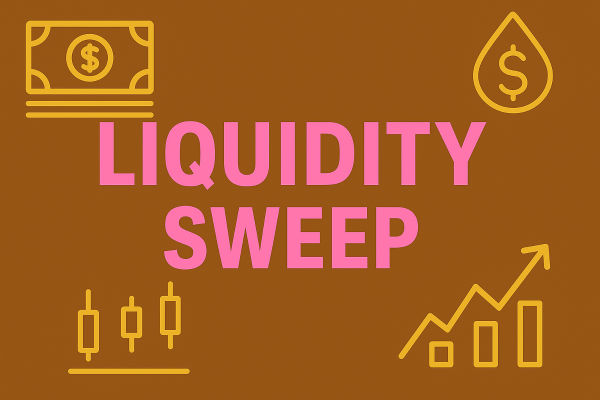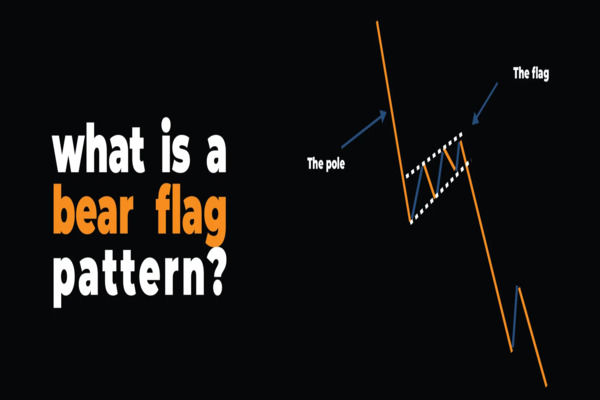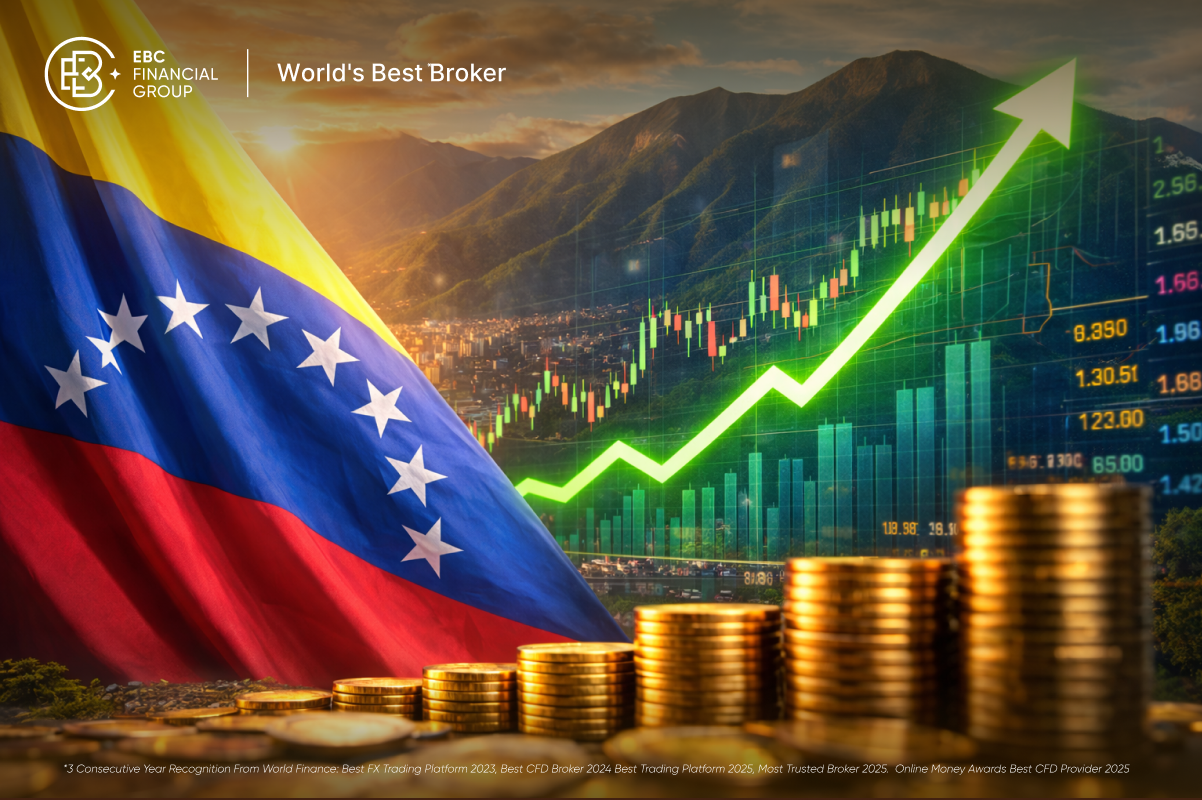In fast-moving markets, it can be difficult to distinguish between ordinary price swings and intentional manipulation. One term often used by frustrated traders is "stop loss hunting" — a controversial concept referring to sudden price moves designed to trigger traders' protective stops.
But how much of this is market mechanics, and how much is deliberate targeting? This article explains the difference between natural volatility and stop loss hunting, and what traders can do to stay one step ahead.
What Is Stop Loss Hunting?
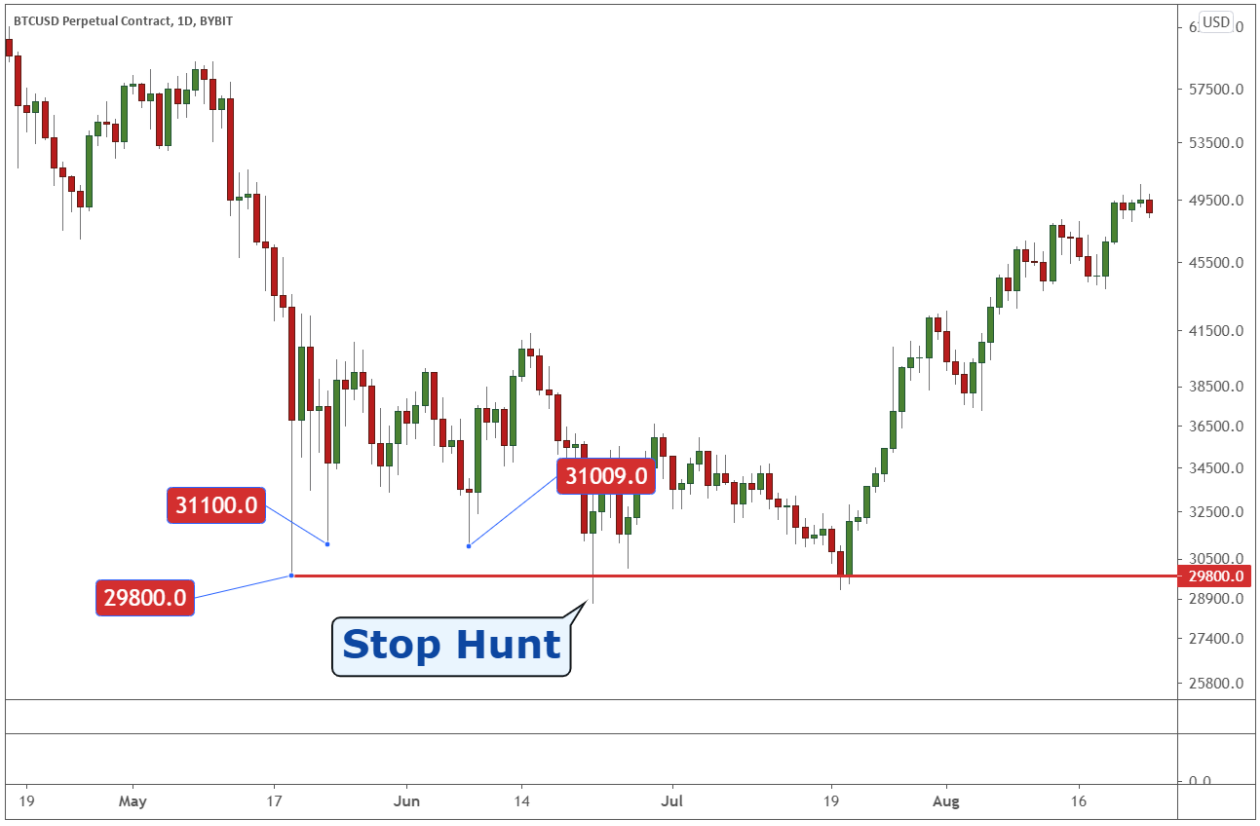
Stop loss hunting refers to a suspected strategy where large market participants, such as institutions or liquidity providers, push prices toward levels where retail traders typically place stop-loss orders. Once these orders are triggered, they generate additional momentum in the same direction, which the initiators can exploit. The result is often a sharp price spike that quickly reverses once the stops are cleared.
This phenomenon is frequently discussed in forex trading, where liquidity conditions and decentralised order flow make stop loss hunting more plausible. Many traders report situations where their positions are exited by just a few pips, followed by a quick return to their original direction. Such experiences can feel like manipulation, especially when they occur repeatedly at widely watched support or resistance levels.
It is important to note that stop loss hunting is not necessarily illegal or coordinated. Often, the clustering of stop orders at predictable price levels can lead to these moves occurring naturally. The key lies in understanding whether the price movement is the result of standard volatility or a response to concentrated order flow.
How Volatility Plays a Role
Market volatility refers to the frequency and size of price fluctuations over a given period. During volatile sessions, prices can swing widely in both directions without any deliberate effort to trigger stops. High-impact news releases, macroeconomic data, or geopolitical developments can cause natural spikes that mimic the effects of stop loss hunting.
For example, if the US releases a much stronger-than-expected CPI report, the USD could surge within seconds. Traders with open positions might see their stops triggered as the market responds to legitimate news. This is not stop loss hunting but a normal reaction to fresh economic information.
The difficulty arises because both volatility and stop loss hunting can result in the same price patterns: sharp moves, temporary breakouts, and reversals. Understanding the cause behind the move requires context. Was there a fundamental reason for the spike? Were technical levels targeted? Were large wicks left behind? All these clues can help identify whether a price move was simply volatile or driven by stop clustering.
Where Stop Loss Hunting Often Occurs

Stop loss hunting often appears around obvious technical levels — previous highs and lows, round numbers, and major support or resistance zones. These areas tend to attract clusters of orders from less experienced traders, who follow basic Chart Patterns and place stops just beyond visible levels.
For example, if EUR/USD is trading near a previous swing high at 1.0850, many traders may set their stop losses just above that level, perhaps at 1.0855 or 1.0860. Institutions that understand this behaviour may briefly push the price to 1.0862, triggering those stops, before allowing the price to retreat. In this case, the pin-like price movement may appear artificial and aligns with what traders describe as stop loss hunting.
In contrast, a genuine breakout driven by economic momentum would typically show sustained movement beyond the level, with increased volume and follow-through. If the move reverses sharply after hitting known stop zones, traders may have witnessed stop loss hunting.
Identifying the Difference
The key to avoiding unnecessary losses is recognising the context. If price movements occur around major economic announcements or during active trading hours, the spikes are more likely to be natural volatility. However, if the moves happen without news, appear engineered around technical levels, and reverse immediately, they may suggest stop loss hunting.
Candlestick formations can also offer insight. A long wick in one direction followed by a close in the opposite direction may indicate stop clearing. These types of formations, particularly on lower timeframes, often coincide with clustered retail activity and thinner liquidity.
Volume also matters. In highly liquid markets, it is more difficult for individual players to manipulate price. In less liquid sessions, such as during early Asia hours, unusual price behaviour around stop zones may be more frequent and more suspicious.
Protecting Yourself from Stop Loss Hunting
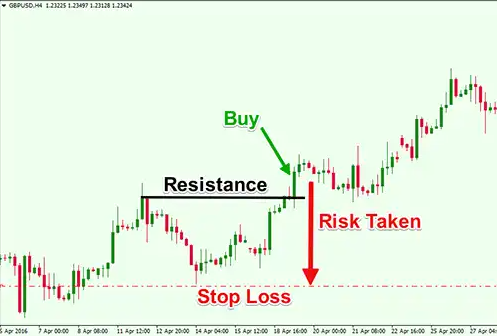
There is no perfect way to avoid stop loss hunting entirely, but traders can take several steps to reduce exposure. One effective method is placing stop losses at less predictable levels. Instead of placing a stop just beyond a recent high or low, traders may consider using structure-based exits, ATR (Average True Range) measurements, or even mental stops in certain situations.
Another approach involves using wider stops combined with smaller position sizes. This allows for more room around volatile areas without taking excessive risk. Trading during higher liquidity periods and around confirmed fundamental catalysts can also reduce the likelihood of being caught in stop-clearing price action.
Some traders incorporate multiple confirmation tools to avoid false signals. These may include order book data, divergence indicators, or trend filters. Using the Pin Bar Candlestick or engulfing patterns in confluence with support zones can help validate whether a move is real or a trap.
Is Stop Loss Hunting a Myth?
The concept of stop loss hunting is not entirely fictional, but it is often misunderstood. In most cases, price movements that trigger stops are part of the market's normal function — reacting to order flow, liquidity gaps, or technical pressures. Only in rare circumstances are such moves deliberate attempts by larger players to exploit retail traders.
That said, markets are competitive by nature. If price naturally moves into a stop-rich area, traders with larger resources may take advantage of the order flow that results. Whether this counts as stop loss hunting or simply smart trading is still debated. What matters for individual traders is to remain aware of the risk and adapt accordingly.
Final Thoughts
Understanding the difference between stop loss hunting and standard volatility is crucial for any trader seeking consistent results. Not every spike is malicious, but not every reversal is random either.
By studying price context, avoiding obvious stop placements, and applying a disciplined strategy, traders can reduce frustration and improve risk management. The key is not to avoid stop loss hunting entirely, but to anticipate it, navigate it, and survive it with control and clarity.
Disclaimer: This material is for general information purposes only and is not intended as (and should not be considered to be) financial, investment or other advice on which reliance should be placed. No opinion given in the material constitutes a recommendation by EBC or the author that any particular investment, security, transaction or investment strategy is suitable for any specific person.
